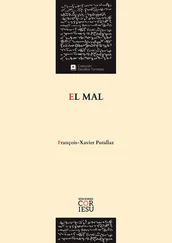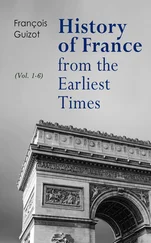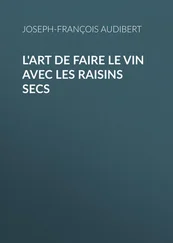Controlled and perfected for more than 10,000 years, as attested to by remains from ancient Egypt (Figure 1.1), agriculture remains a survival challenge for a humanity facing climate change in the 21st Century even though it is capable of changing its practices.

Figure 1.1. Cereal harvest, Tomb of Menna, Sheikh Abd el-Gournah Necropolis, Egypt
(source: 10,000 Meisterwerke der Malerei, The Yorck Project)
Agriculture is also at the center of current ecological concerns and strategic issues, particularly those of state food sovereignty, to which simulation techniques provide answers. Today, the world’s cultivated land covers more than 50 million km 2(Figure 1.2): this area is about three times that of Russia, the largest country in the world with 17 million km 2.

Figure 1.2. Allocation of land areas for food production (source: Our World in Data/ https://ourworldindata.org/yields-and-land-use-in-agriculture ). For a color version of this figure, see www.iste.co.uk/sigrist/simulation2.zip
COMMENT ON FIGURE 1.2.– Only 30% of the total area of our planet is covered by land, 70% of which is considered habitable (about 100 million km2). Humans use about half of it for agriculture, and less than one-tenth for urban infrastructure. More than three-quarters of the agricultural land is used for animal husbandry, combining land allocated to pasture and feed production (these aggregate data obviously do not reflect disparities between countries) .
The share of cultivated land has grown steadily for more than 10,000 years to meet the needs of a constantly growing world population. The latter was estimated at less than 1 billion people at the beginning of the 19th Century, reaching nearly 7 billion at the beginning of the 21st Century. In 2015, the four most populous countries in the world were China (1.4 billion), India (1.3 billion), the United States (305 million) and Brazil (201 million). Demographic projections estimate a world population of more than 11 billion people in 2100 (Figure 1.3).
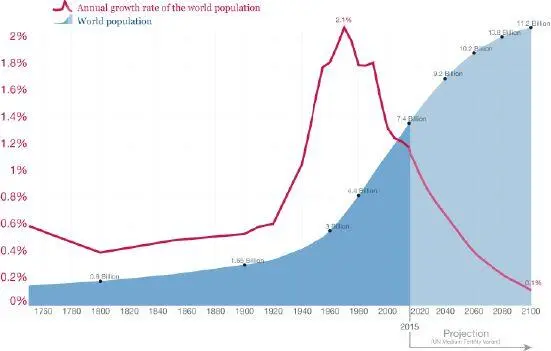
Figure 1.3. World population growth between 1750 and 2015 and projections to 2100
(source: Our World in Data/ https://ourworldindata.org/world-population-growth )
COMMENT ON FIGURE 1.3.– Since the 1970s, humanity as a whole has been undergoing a demographic transition. The growth of the world population is the result of the combined effects of births and deaths. It is marked by a significant increase that commenced at the beginning of the 20th Century. It peaked at more than 2% in 1973 and has since declined to 1.2% in 2015. Demographic projections estimate it at 0.1% by 2100. Behind this global representation are significant differences between countries. Poverty is the first factor delaying the demographic transition: the world’s least wealthy countries are also those with the highest population growth .
The productive capacity of each country (Figure 1.4) depends on soil quality, the area available or used for agriculture, the climatic conditions to which it is exposed and the available cultivation techniques and agricultural practices developed there. While people’s lifestyles are very disparate and partly reflect the wealth of nations , humanity as a whole lives on credit , consuming resources at a faster rate than the Earth can provide.

Figure 1.4. Annual world wheat yields for 2014, expressed in tons per hectare. Wheat is the primary cereal produced in the world, aimed at both human and animal consumption (source: Our World in Data/ https://ourworldindata.org/yields-and-land-use-in-agriculture ). For a color version of this figure, see www.iste.co.uk/sigrist/simulation2.zip .
The American non-governmental organization Global Footprint Network calculates the Earth Overshoot Day each year. The latter corresponds to the date of the current year on which humanity is supposed to have consumed all the resources that the planet is capable of regenerating in 1 year. One of the pieces of data derived from this NGo’s calculations is the number of planets Earth that would be needed to meet humanity’s consumption of renewable resources in 1 year. By 2018, 1.7 planets Earth are needed to support humanity – and the extrapolation of the data shows that the threshold of two planets Earth will be exceeded well before the end of the first half of the 21st Century.
Yet, in many Western countries, consumption and production patterns lead to a significant waste of food resources and production (Figure 1.5), showing that humanity has real room for maneuver to change its relationship with the wealth of resources that the planet that hosts it still offers.
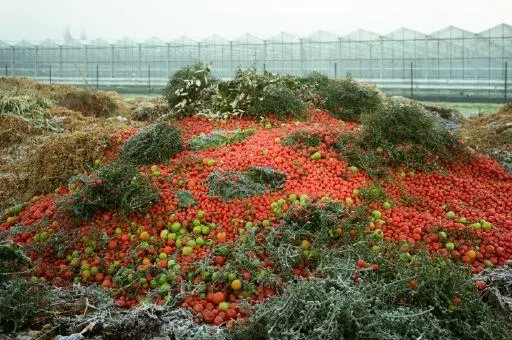
Figure 1.5. Although edible, these tomatoes, produced in France, are discarded because they do not meet certain criteria based on the standardization of production and their packaging (source: © Jacques Péré, from the series “La Beauté du diable”, exhibition at the Galerie Lyeux Communs, Tours, June 2018). For a color version of this figure, see www.iste.co.uk/sigrist/simulation2.zip .
COMMENT ON FIGURE 1.5.– Nearly one-third of the food produced annually worldwide (1.3 billion tons) is destroyed or wasted. The leading position is occupied by fruits and vegetables. The amount of food lost every year is equivalent to more than half of the annual cereal production. Waste is higher in rich countries, where consumers throw away as much food each year as sub-Saharan Africa produces at the same time (more than 220 million tons). Food waste is observed at all stages of the food chain and concerns all actors: 32% is attributed to agricultural production, 21% to processing, 14% to distribution, 14% to collective and commercial catering and 19% to home consumption (sources: www.fao.org , www.ademe.fr ) .
From the resources they consume, those from agriculture are among the most important for humans and the most strategic for States. During the 20th Century, advances in agricultural technology as a whole have generally reduced famine episodes whose causes are attributable to yield collapse [PIN 18b]. They have also been accompanied by irreversible environmental destruction, for example when new areas are being sought for intensive cultivation through massive deforestation.
All over the world, some farmers are trying to renew current agricultural practices. Their credo is that more sober techniques can give as good results as those of intensive agriculture in particular, which consumes a lot of energy and water (Figure 1.6), and whose excesses are also increasingly contested [SOL 19].
Читать дальше











